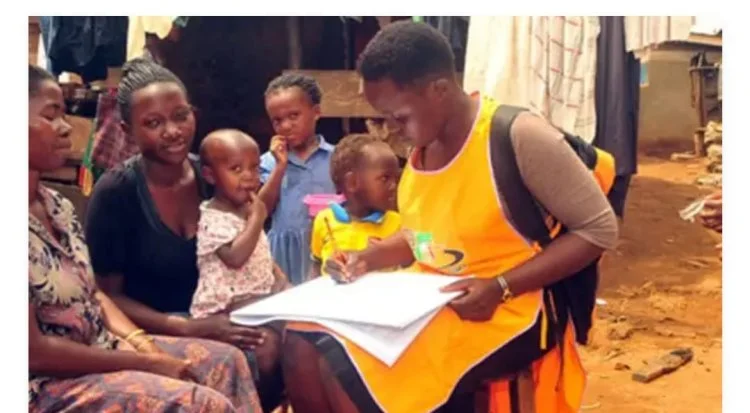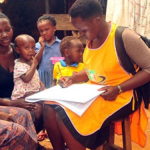At least 74 percent of Uganda’s population is literate, the just released 2024 national census results indicate.
On May 10, the Uganda National Bureau of Statistics kicked off the technologically driven National Population and Housing Census (NPHC). The first day of enumeration, May 10, 2024, was approved a Census Public Holiday by the Cabinet and declared by the President to ensure easy recall of the Census Night during the period of enumeration.
The National Population and Housing Census was last conducted in 2014. At that time, Uganda had a population of 34.6 million people. The census is carried out every 10 years, and this year’s exercise was expected to take place on August 24 and 25, but it was postponed due to the delayed procurement of tablets.
According to the results, the total population for Uganda as of May 2024 based on the National Population and Housing Census 2024 stands at 45,905,417 persons from 10,698,913 households. Male population is recorded at 21,566,736 while the female population is 24,338,681 persons.
It further shows that children comprise 50% of the total population in Uganda. Youth (18-30 years) are 23.5%, and older persons (above 60 years) are 5%. Those aged 31-59 years are 21.5%.
Kampala toped all the regions with 11.1 million people, followed by Busoga with 4.4 million, West Nile with 3.9 million, Ankole with 3.6 million, Tooro with 3.4 million, Bunyoro with 2.8 million, Lango with 2.6 million, Teso with 2.5 million, Bukedi with 2.4 million, Elgon with 2.2 million people, and others.
The report says that the Buganda region has the highest number of literates, with 85.5%, followed by Ankole with 78.9%, and Karamoja with the least number of literates, 25.4%.
“74.2% of the children in Karamoja aged 6–12 years, 32.2% in West Nile, and 27.9% in Acholi are out of school,” the report highlighted. Buganda, however, had the least number of children who are out of school, with 18.4%.
The report highlighted that in the line of religious affiliation, Christians form the biggest portion of the population. Eight out of 10 Ugandans are Christians. Catholics form the largest percentage at 37.4%, followed by Anglicans at 30.0%. Pentecostals have increased to 14.7% from 11.1% and Muslims at 13.6 percent.
It also showed that more than 13 million people migrated in the last five years. Of those, 7.6 million were female, while 5.8 million were male.








